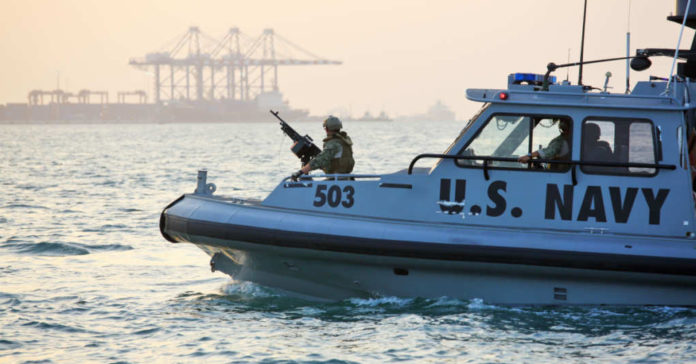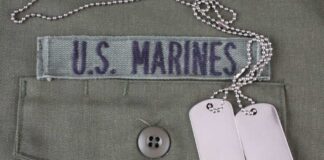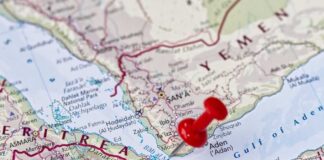If you weren’t aware, our military branches are not what they once were. America used to be known for its military might, expertise, and readiness to go to war or defend itself at any cost. But over the years, it seems that readiness has been slowly decreasing. And sadly, not much has been done to put it back on track.
Now, as you can imagine, some of that has to do with how our military has been forced to prioritize their time and training. Rather than drilling on wartime skills and defenses, recruits now have to spend hours on end in gender and race sensitivity courses.
Additionally, things like Biden’s vaccine mandates for service members knocked down personnel numbers greatly, leaving fewer and fewer recruits each year and, therefore, fewer people to take on the necessary tasks.
However, at least one branch seems to be heading in the right direction or at least trying very hard to increase readiness overall.
Thanks to Commander of Naval Surface Forces Vice Admiral Roy Kitchener, the Navy is about to get a real boost. And by the sounds of things, a much-needed one.
Now, to be clear, readiness has been on the decline for much longer than Biden has been in office, at least his current office.
According to military data reported by the Military Times, ship readiness, in particular, has been steadily in decline since the early 2000s. From 1995 to 1999, it was reported that a mere 3.5 percent of ships failed their regular 5-year inspections by the Navy’s Board of Inspection and Survey. By 2009, that was up to 14 percent.
This was basically a crisis for the service, meaning that some 14 percent of their vessels, be that cruisers, destroyers, amphibious warships, littoral combat ships, etc., were not fit for service.
Naturally, attention was brought to the situation at the time. Specifically, Admiral John Harvey pushed for the return of Cold War-era “squadrons” that were meant to focus solely on maintenance and training that would ensure the upkeep of the ships. But thanks to a lack of support by those higher up, nothing was ever done.
Then again, in 2017, the readiness problem came up, largely due to two separate collisions in the Western Pacific that killed 17 sailors. It was deemed that accidents could have been prevented had proper maintenance and training been in place.
But again, military budgets and outside circumstances prevented any real changes.
However, now it seems that the idea has gained some major traction finally.
Kitchener’s idea, much like Harvey’s, is to bring back what he’s calling “surface groups.” As I mentioned before, these squadrons would be charged with maintaining upkeep and readiness on the ships, as well as ensuring that crews are trained in those efforts.
Currently, each fleet concentration area already has an organization that is tasked with this somewhat. However, it’s not nearly what it needs to be, Kitchener says. And so he will plan to essentially give these groups a major boost, increasing staffing, scope, and authority.
He explains that most current groups only contain about ten people to tend to the maintenance and training of nine destroyers and cruisers. Such is the case in Everett, Washington. He would like to see all groups begin to look more like that of the one in Mayport, Florida, which employs 105 men and women to service and train for ten destroyers.
As you can imagine, the Mayport group is better equipped to make sure that each and every ship in port is tended to in a timely fashion and that they are ready to deploy when called upon. Unfortunately, the same cannot be said of Everett’s group.
And with things heating up in nations like China and Russia, we cannot afford to not be ready. Of course, this is reason number one as to why Kitchener has finally gained the support needed to begin these surface groups. The program is expected to see a pilot program start in San Diego this summer.



















